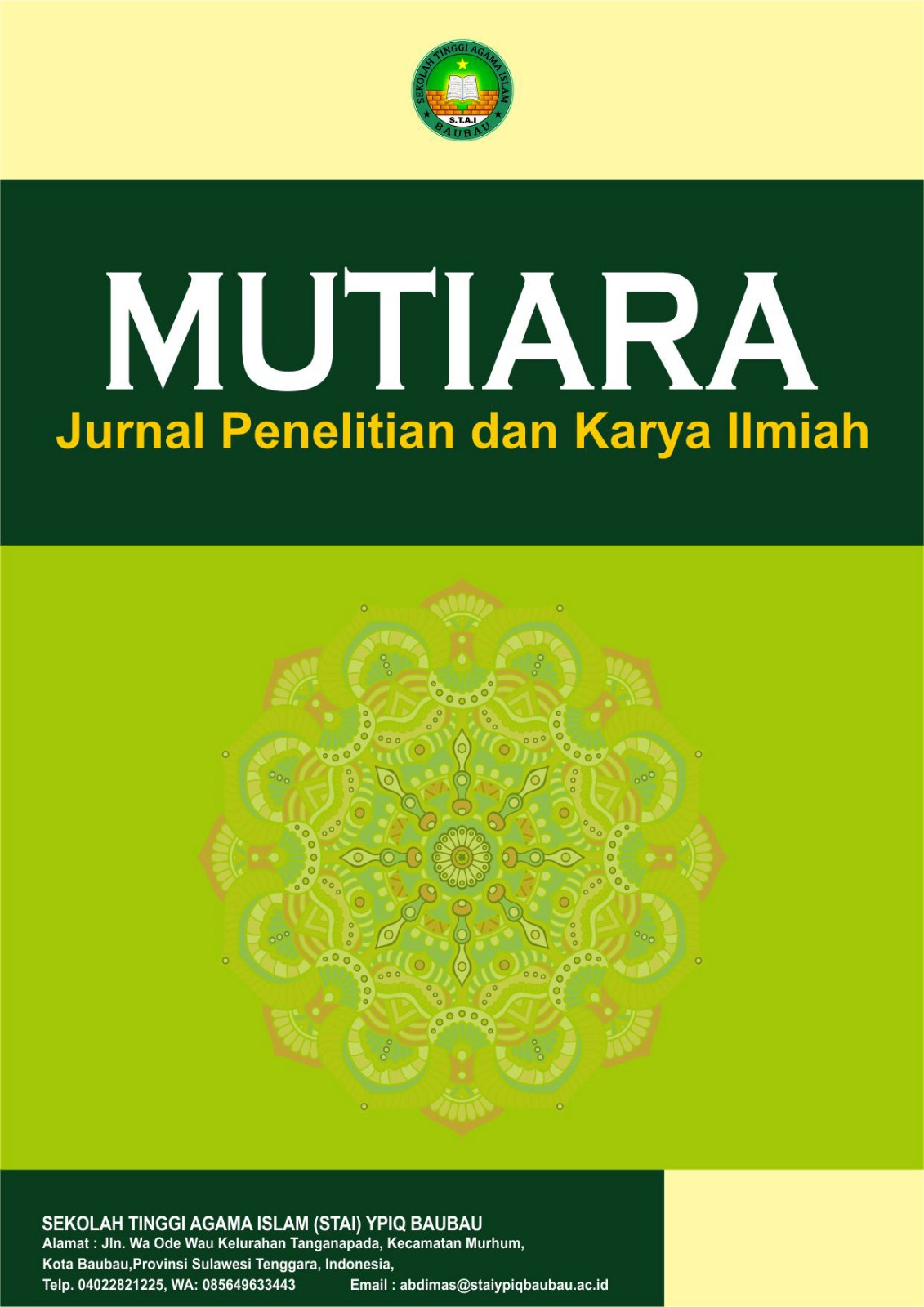Perancangan Hotel Bintang Empat di Kota Tarakan Kalimantan Utara Dengan Pendekatan Arsitektur Neo Vernakular
DOI:
https://doi.org/10.59059/mutiara.v3i4.2704Keywords:
Design, Four Stars Hote, Neo-Vernacular Architecture, Tarakan City, TourismAbstract
Tarakan City, with its enormous potential as a center for economic, trade, and tourism, faces challenges in providing premium accommodation facilities. Although the city continues to grow rapidly, particularly with the growth of the tourism sector driven by its natural beauty and cultural diversity, the availability of adequate four-star hotels remains limited. This poses a barrier to the growth of domestic and international tourists who require comfortable and quality accommodation facilities. Therefore, the design of this four-star hotel is crucial to strengthening Tarakan City's tourism sector, which can not only provide quality accommodation but also have a positive impact on the local economy. The application of the Neo-Vernacular Architecture concept in the design of this hotel aims to connect the past with the future, by combining local traditional elements that are characteristic of Tarakan's culture, such as the Baloy Mayo traditional house, with the functional and modern requirements required for a four-star hotel development. This approach is expected to create a building that not only meets international standards of comfort and facilities, but also has a strong identity, reflects the richness of local culture, and provides high aesthetic value. In this design, the tropical climate of Tarakan City is also a major consideration, so that the hotel building is not only comfortable, but also environmentally friendly and can optimize the use of natural energy. Thus, this hotel is expected to function not only as a place to stay, but also as a symbol of tourism progress that still maintains cultural and environmental sustainability. The design of this four-star hotel also pays attention to aspects of sustainability and environmental friendliness, which are now essential requirements in every modern architectural project.
References
Alexander, C., Ishikawa, S., & Silverstein, M. (1977). A Pattern Language: Towns, Buildings, Construction. New York: Oxford University Press.
Ching, F. D. K. (2014). "Architecture: Form, Space, and Order" (4th ed.). Hoboken, NJ: John Wiley & Sons, Inc.
Fajrine, A., & Juwana, D. (2017). Interpretasi Arsitektur Vernakular di Era Postmodernisme. Jakarta: PT Arsitektur Indonesia.
Frampton, K. (2007). "Modern Architecture: A Critical History" (4th ed.). London: Thames & Hudson.
Gilbert, A., & Harris, R.. Hotel Design Guide. 3rd edition. Architectural Press, 2004
Laoli, A. S. (2021). Standar Operasional Hotel Bintang Empat. [Online]. Retrieved from repository.unika.ac.id.
Marlina, W. (2008). Perancangan Ruang Publik Hotel. [Online]. Retrieved from eprints.undip.ac.id.
Neufert, E.. Architects' Data. 4th edition. Wiley-Blackwell, 2012. https://doi.org/10.1007/978-3-8348-2247-5
Pollio, Vitruvius. M.H. Morgan (1960) Vitruvius : The Ten Book of Architecture. New York : Dover Publication Language of Post-Modern Architecture (1990)
Prakoso, B. (2017). Panduan Perancangan Hotel Bintang Empat. Surabaya: Penerbit Universitas.
Sugiarto, E., & Sulatiningrum, S. (2001). Pengantar Akomodasi dan Restoran. Jakarta: Kencana.
Tarakan City Government. (2020). "Master Plan for Tourism Development in Tarakan". Tarakan: Government Press.
Trisna, R. (2018). Klasifikasi dan Jenis Hotel di Indonesia. Bandung: Alfabeta.
Widi, S., & Prayogi, H. (2020). Pengaruh Budaya Lokal terhadap Arsitektur Vernakular.Surabaya: ITS Press.
Yakub, R. (2012). Perancangan Arsitektur Kontemporer dengan Pendekatan Lokal.Bandung: ITB Press.
Downloads
Published
How to Cite
Issue
Section
License
Copyright (c) 2025 Mutiara : Jurnal Penelitian dan Karya Ilmiah

This work is licensed under a Creative Commons Attribution-ShareAlike 4.0 International License.








